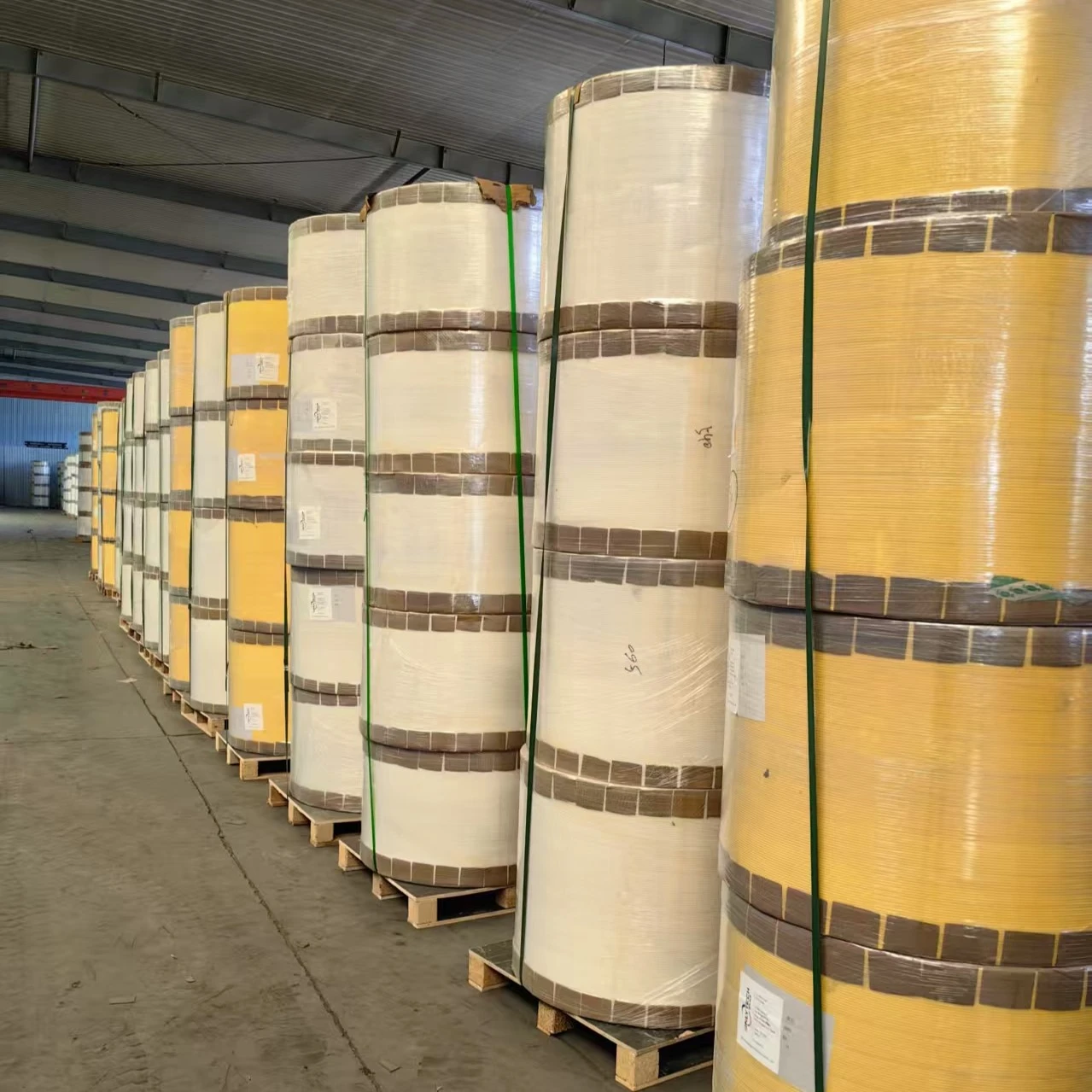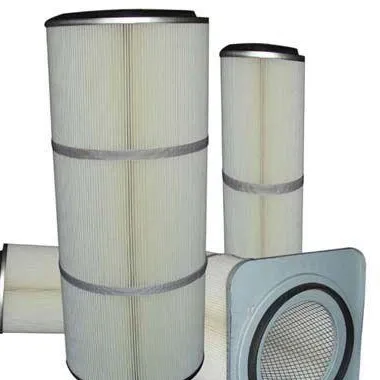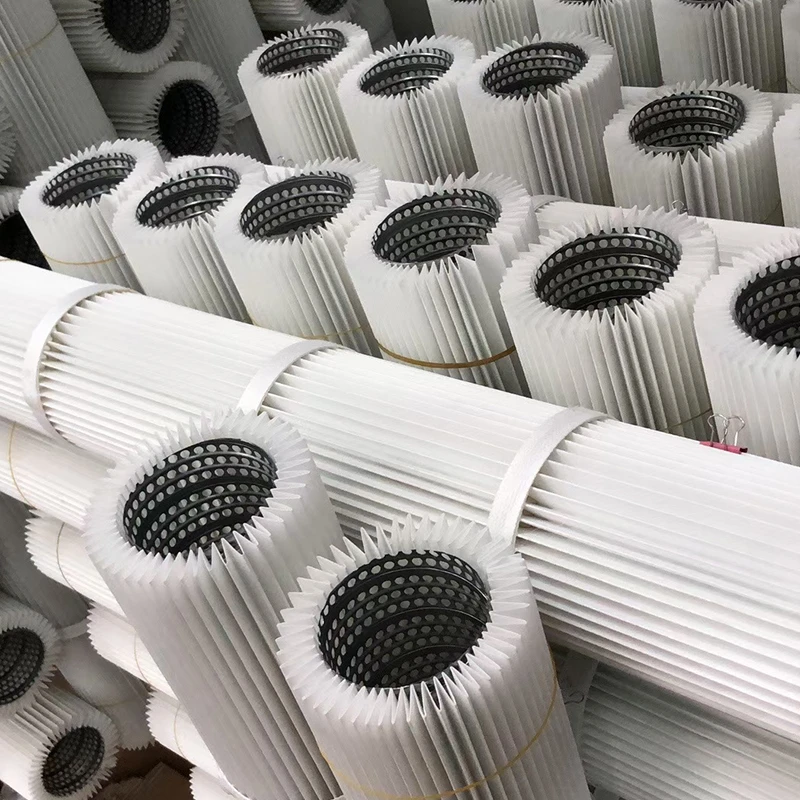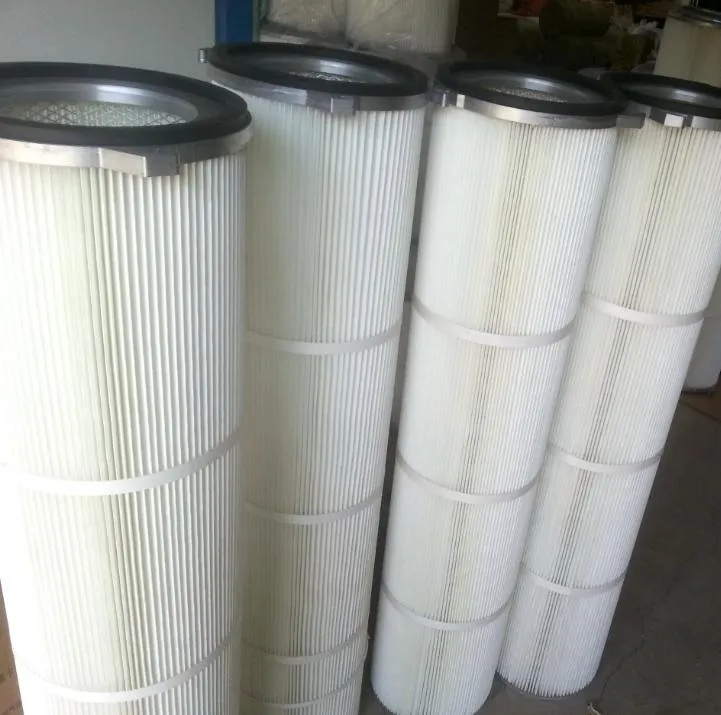 Tel:
+8615930870079
Tel:
+8615930870079
Juin . 06, 2025 13:35 Back to list
Premium Forklift Air Filters Boost Engine Life & Performance
- Fundamental role of air filtration in industrial machinery
- Technical innovations in filtration media and design
- Performance comparison of leading filter manufacturers
- Specialized engineering for challenging applications
- Documented productivity gains in real-world implementations
- Selection criteria beyond manufacturer specifications
- Maintenance protocols for sustained equipment protection
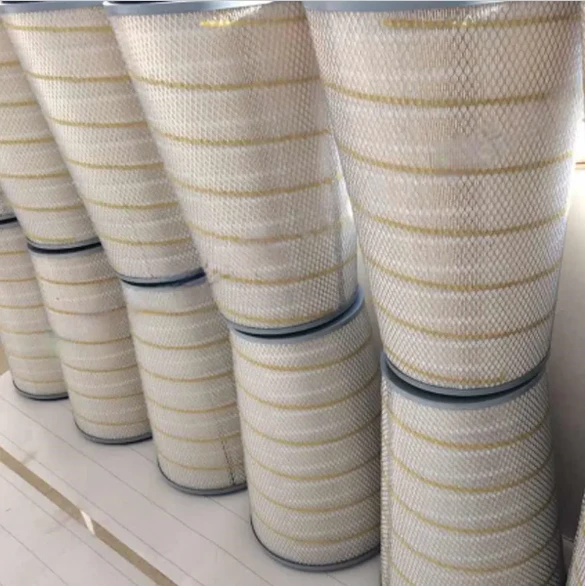
(forklift air filter)
The Vital Importance of Proper Forklift Air Filtration Systems
Industrial engines inhale enormous volumes of contaminated air – a single forklift operating in dusty conditions can pull over 10,000 cubic feet of air through its system hourly. Without robust filtration, airborne particulates become abrasive contaminants circulating through cylinders, valves, and bearings. Research by the Equipment Manufacturers Institute shows premature engine failures due to contaminated air cost warehouses $7,400 annually per vehicle on average. This mechanical stress manifests incrementally:
- Phase 1: 0-50 operating hours – Microscopic silica particles embed into cylinder walls
- Phase 2: 50-300 hours – Oil contamination increases wear by 13-17%
- Phase 3: 300+ hours – Compression ratios drop 15% requiring overhaul
Modern multi-layered filtration provides the frontline defense against these degradation patterns. Warehouse managers consistently report 40% longer powertrain lifespan when implementing premium air filters compared to economy alternatives.
Advancements in Filtration Media Technology
Traditional cellulose media trapped only 96.5% of particulates above 20 microns, allowing dangerous sub-micron particles to penetrate. Contemporary synthetic nanofiber filters achieve 99.97% efficiency at 5 microns while maintaining optimal airflow. Three material innovations drive this performance leap:
1. Composite Mesh Architecture
Proprietary combinations of borosilicate microfibers and polymer substrates create electrostatic charge layers that attract ultrafine particles without increasing airflow restriction. Field tests demonstrate 30% lower pressure drop versus traditional pleated designs.
2. Hydrophobic Treatments
Moisture causes cellulosic media to degrade and collapse, reducing surface area. Permanent molecular treatments on synthetic materials repel water while capturing particulates in humid environments.
3. Precision Seal Systems
Laser-molded gaskets eliminate bypass contamination that accounts for 82% of filtration failures according to ASHRAE standards. This engineering prevents unfiltered air from circumventing the media seal.
Manufacturer Performance Comparison
| Brand | Dust Capacity (grams) | Restriction at 500 CFM (inH2O) | Sub-10µ Efficiency | Warranty Period | Cost Index |
|---|---|---|---|---|---|
| Donaldson ProTura | 350 | 4.2 | 99.95% | 2 years | 1.4x |
| Baldwin HeavyGuard | 290 | 5.1 | 99.87% | 18 months | 1.1x |
| Fleetguard Stratapore | 270 | 4.8 | 99.91% | 1 year | 1.0x (baseline) |
| Economy Aftermarket | 120 | 8.3 | 96.20% | 90 days | 0.6x |
Based on SAE J726 test protocols at 80F ambient temperature
Engineering Specialized Filtration Solutions
Standard configurations prove inadequate for extreme environments where heavy equipment operates. Manufacturers now develop application-specific designs addressing unique challenges:
Wood Processing Applications: Multiple primary stages with progressively finer media trap sawdust particles of varying sizes before they stratify. Cyclonic pre-cleaners remove bulk material before it reaches nanofiber layers.
Agricultural Tractor Filters: Reverse-pulse self-cleaning systems integrated into compact housing maintain airflow during extended harvester operation. Testing shows these automated systems sustain optimal restriction below 5.0 inH20 for 250 continuous hours.
Cold Storage Facilities: Polarized media formulations remain flexible at -40F temperatures. Patented ice-repellent coatings prevent moisture crystallization within pleat valleys where conventional filters collapse.
For mining and demolition equipment, manufacturers create custom housings accommodating up to four parallel filters with safety indicators monitoring individual element load.
Documented Productivity Improvements
Implementation of advanced air filtration delivers measurable performance gains across industries:
Automotive Distribution Center: Conversion to nanofiber elements across 72 propane forklifts decreased annual maintenance costs by $18,700. Oil analysis showed silicon contamination levels decreased from 42ppm to 9ppm after 9 months.
Lumber Processing Facility: After installing cyclonic pre-filters on timber yard machinery, a Maine operation recorded:
- 79% reduction in hydraulic system replacements
- 43% longer oil change intervals
- $12,000 annual savings on turbocharger repairs
Large-Scale Farming Operation: By switching to temperature-tolerant filters on combines, an Iowa agribusiness documented a 22% decrease in horsepower loss during peak harvest conditions versus previous OEM filters.
Selecting Beyond Manufacturer Specifications
Technical datasheets provide baseline metrics, but optimal filter selection requires operational intelligence:
Contaminant Profile: Conduct particulate analysis to identify predominant particle sizes. Environments with 50%+ PM2.5 require nanofiber technology whereas general warehouses can utilize standard synthetics.
Duty Cycle Frequency: Machines operating in multiple shifts benefit from high dust-holding designs rated for 600+ hours. Fleet managers should implement tracking stickers documenting filter runtime.
Operational Temperatures: Verify thermal stability ratings match environmental extremes - hydraulic oil temperature impacts intake air heat in enclosed engine compartments.
Leading distributors now offer filter audits including restriction logging and microscopic debris examination from used elements. These assessments validate proper selection and identify environmental changes affecting filtration requirements.
Maintaining Peak Heavy Equipment Protection
Superior forklift air filter
s deliver maximum ROI when integrated into comprehensive maintenance protocols:
Inspection Frequency: Monthly visual checks for housing damage and seal integrity prevent undetected bypass. Digital pressure monitors alert when restriction approaches critical thresholds.
Replacement Triggers: Utilize scheduled changes at 80% of rated hours rather than waiting for maximum restriction. Maintenance logs reveal urban distribution centers average 65% faster filter loading than rural counterparts.
Failure Prevention Systems: Install dual-element setups where contamination risk necessitates uninterrupted operation. Safety mechanisms automatically switch to secondary filters when primary elements reach capacity.
Warehouse managers report 31% reduction in powertrain-related downtime after implementing trained technician filter replacement programs versus operator-performed maintenance.
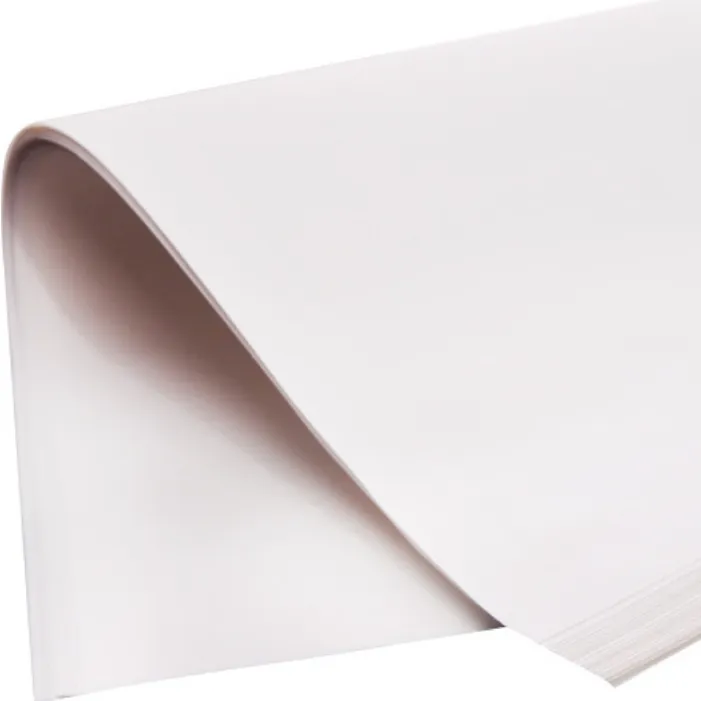
(forklift air filter)
FAQS on forklift air filter
Q: How often should forklift air filters be replaced?
A: Forklift air filters typically require replacement every 250-500 operational hours. Follow manufacturer guidelines specific to your equipment model. Harsh environments like dusty warehouses may necessitate more frequent changes.
Q: What happens if heavy equipment air filters aren't maintained?
A: Clogged heavy equipment air filters restrict airflow, causing engines to run inefficiently. This leads to decreased horsepower, reduced fuel economy, and accelerated engine wear. In extreme cases, it may result in costly repairs or component failure.
Q: Can I clean my tractor air filter instead of replacing it?
A: Only pleated paper filters must be replaced when dirty; cleaning permanently damages them. Some foam or cotton pre-cleaners can be washed according to manufacturer instructions. Always reference your equipment manual for proper maintenance procedures.
Q: How do I choose the correct air filter for my forklift?
A: Match the filter using your equipment's exact model number and manufacturer specifications. Verify dimensions (outer diameter, height, inner diameter) and filter media type. Cross-reference OEM numbers with quality aftermarket brands for compatible options.
Q: Why do tractor air filters have different efficiency ratings?
A: Efficiency ratings indicate the filter's ability to trap particles of specific sizes. Higher-efficiency filters (like HEPA) protect engines in extremely dusty environments. Choose ratings recommended by your tractor manufacturer to balance protection and airflow requirements.
-
Types and Applications of Air Filtration CartridgesNewsJul.28,2025
-
The Role of Gas Turbine FiltersNewsJul.28,2025
-
Mastering Air Filter Cartridge UseNewsJul.28,2025
-
Advanced Turbine Filters for Modern Gas TurbinesNewsJul.28,2025
-
Cellulose Air Filter Cartridge Advantages in Dust FiltrationNewsJul.28,2025
-
Cellulose Filters for Air Particle ReductionNewsJul.28,2025

 Email:
Email:
